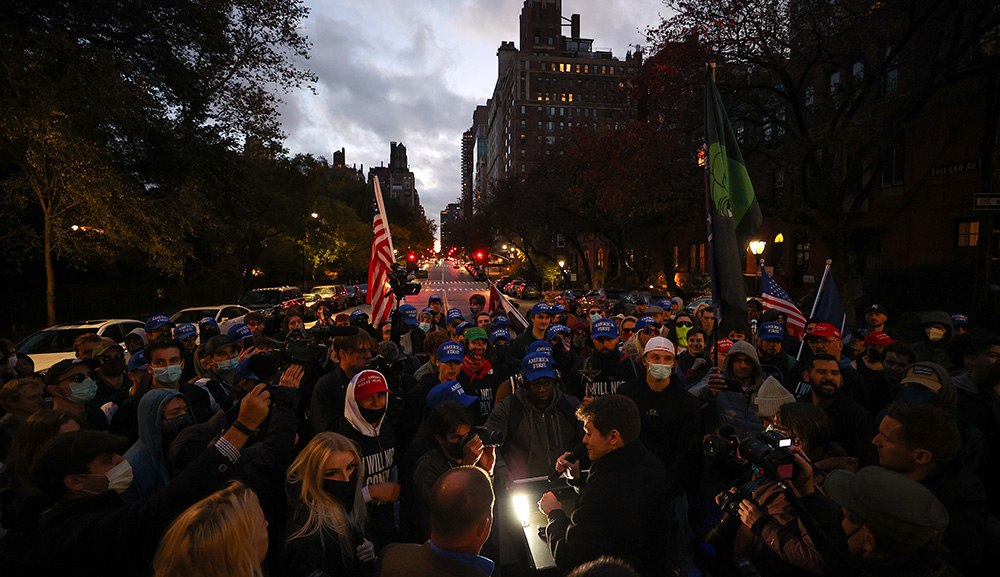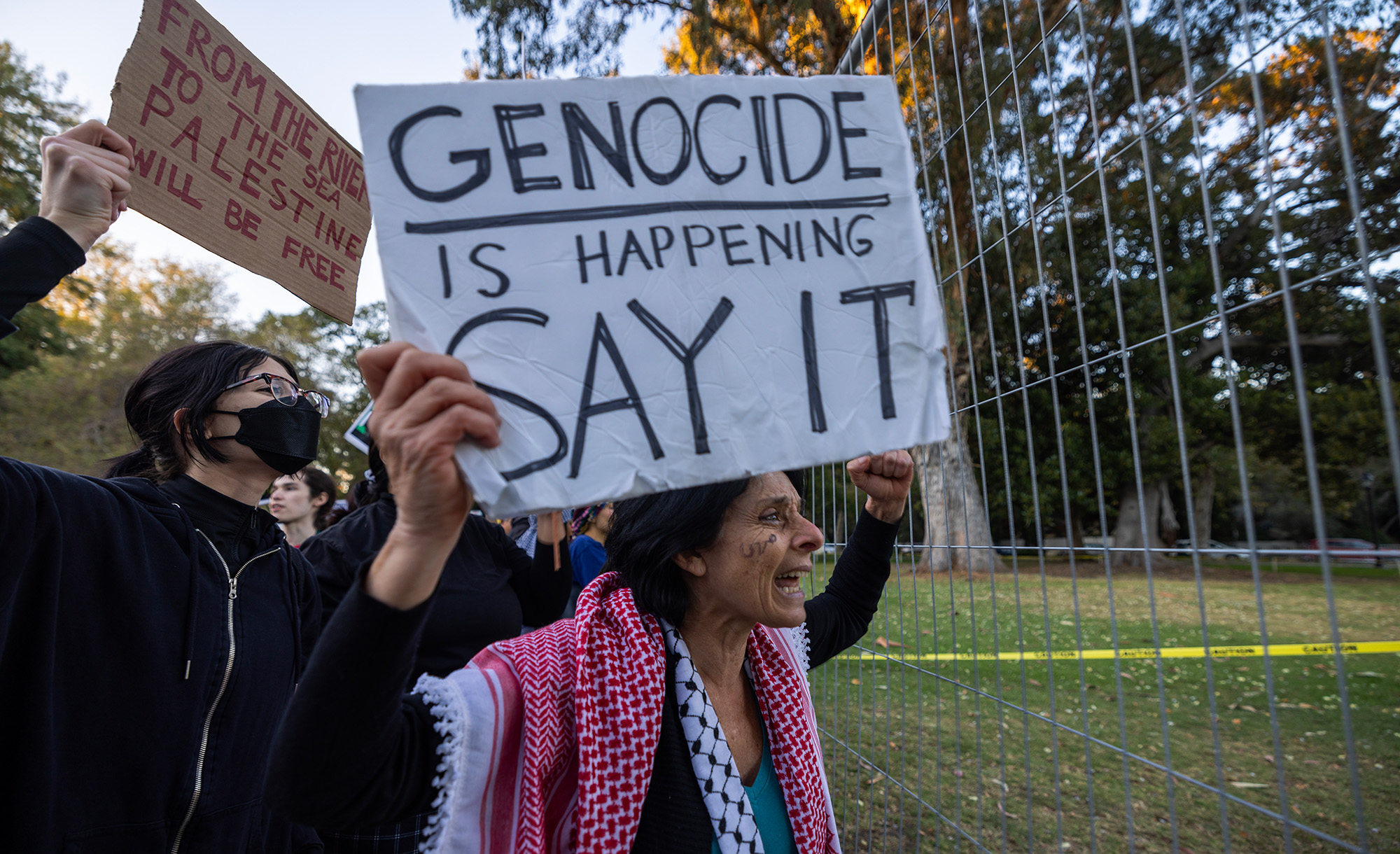In Nazi-occupied Western Europe, numerous local bureaucrats and policemen participated in rounding up Jews and sending them to death camps in the East. And in Eastern Europe, many of the natives aided the Nazis in the murder of Jews—sometimes voluntarily, sometimes for pay, and sometimes under duress. But only Romania, which remained independent under a homegrown fascist regime, pursued a Holocaust of its own. Matt Lebovic reports on recent research on the subject:
When typhus broke out at a Romanian concentration camp 80 years ago, authorities at Bogdanovka decided to murder 40,000 Jewish inmates and burn down the camp. Carried out in Romanian-occupied Ukraine by Romanian soldiers, Ukrainian regular police, and local ethnic Germans, the Bogdanovka massacre has largely been ignored by historians.
In Romania, Hitler’s stalwart ally, the dictator Marshal Ion Antonescu, expanded his borders after Germany’s invasion of the Soviet Union in 1941. Hitler gave Antonescu a free hand to solve Romania’s own “Jewish question,” and an estimated 420,000 Jews under Antonescu’s control were murdered relatively early in the war.
Much as Germany had its Brownshirts, Romania had a paramilitary group called the Iron Guard, founded in 1927. Also known as the Legionnaires or green-shirts, the organization promised to defeat “rabbinical aggression against the Christian world.”
The first large-scale Holocaust massacre in Romania took place in Iasi, a university city near the border with Moldova, in June 1941. Encouraged by Antonescu, Romanian soldiers partnered with the police and local mobs to murder 13,266 Jews. Iasi’s residents helped arrest Jews and loot their homes, as well as humiliate Jews marched out of town. [Then] the Iron Guard led mobs in murdering Jews on the streets and in their homes, deploying crowbars and knives in addition to guns. After the initial massacre, 5,000 Jews were packed into boxcars for a “death train” journey in which 4,000 of them perished.
More about: Anti-Semitism, Holocaust, Romania


